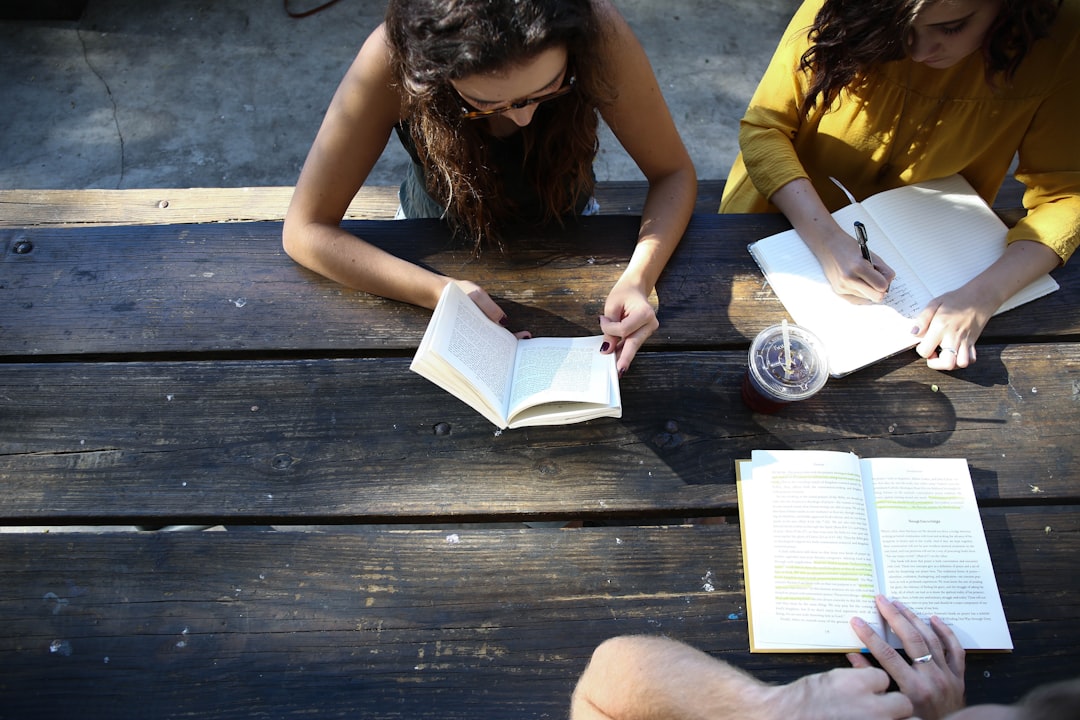What is it about?
The article presents new biographical information about Lucy Garvin (1851-1938) who was an important early female educational leader in girls state secondary schooling in Australia. It also discusses the impact of digital sources on archival and research processes in the history of women's education. It argues that captured and online digital sources reduce time in the physical archives; enable deeper engagement with self-curated digital sources; and lead to expanded knowledge about biographical subjects in the history of education.
Featured Image

Photo by Markus Winkler on Unsplash
Why is it important?
The new information challenges previous constructions of Lucy Garvin as a lone actor who was subject to often petty oversight from an all male state education bureaucracy. It establishes that she was embedded in family networks from the time of her arrival in Australia; that she was well able to deal with the bureaucratic strictures of her position as principal of the first girls state high school in NSW; and that as a feminist and professional, she created a broad network that in all likelihood buttressed her authority during her 35 years in the role.
Perspectives
This research not only allowed a greater, more capacious understanding of Lucy Garvin's amazingly long career in the beginnings of girls state secondary schooling in NSW, but it also inspired deeper thinking about how digitising/digital sources affected the way I work with archival sources and what I was able to discover. Rather than affirming the 'dust' and 'allure' of the physical archives, this work explored the benefits of working in the ubiquity, plenitude and patchiness of digital sources, whether self-created with my digital camera or found in various online archives.
Dr Josephine May
University of Newcastle
Read the Original
This page is a summary of: Revisiting the life of Lucy Garvin, first principal of Sydney Girls High School: expanded biography and use of digital sources, History of Education Review, March 2021, Emerald,
DOI: 10.1108/her-10-2020-0053.
You can read the full text:
Contributors
The following have contributed to this page










